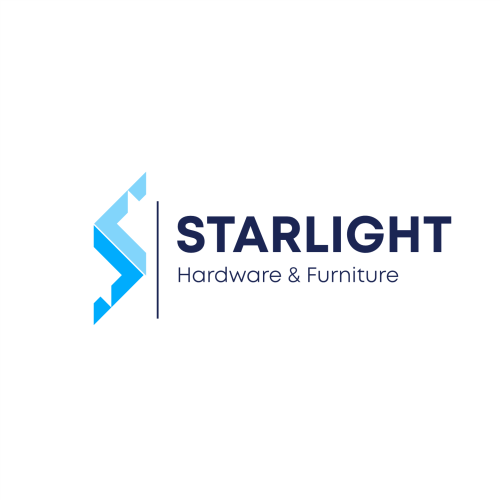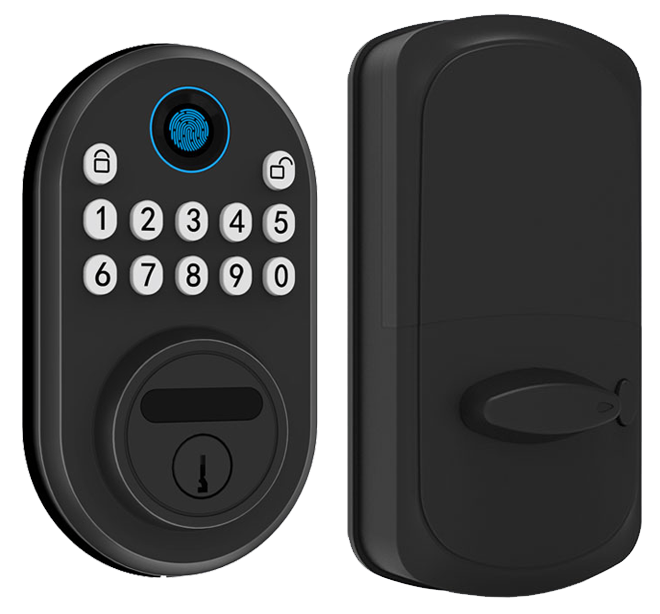Ever been locked out at midnight because you lost your keys? Standing there in the dark is no fun. Smart locks bring your front door into the 21st century.
They turn your smartphone into a digital key. You tap the smooth metal faceplate or enter a secret code, watch a soft LED glow (a small light that signals it’s unlocked), then hear a reassuring click. Solid.
Plus, they log every unlock in real time. You’re never in the dark about who came in or when.
And here’s the best part. You can give someone access for minutes, hours, or days, right from your phone. Need to revoke it? Just tap “revoke” and they’re locked out. No locksmith, no rekeying fees.
It’s a simple way to simplify property management and boost your peace of mind. Try it, you’ll wonder how you ever lived without it.
What Is a Smart Lock and Why Use One for Property Management?
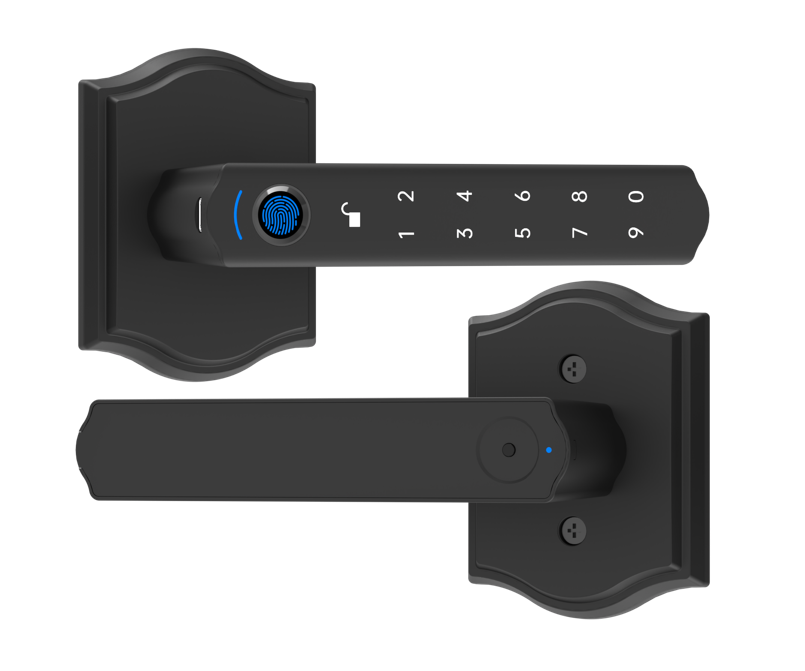
A smart lock is a motorized deadbolt with Bluetooth (short-range wireless), Wi-Fi (internet link), or cellular radios, plus a mobile app or PIN-pad (small keypad). It swaps out old-school keys for digital credentials. When you tap your phone against the soft LED glow or punch in a code, you’ll hear a reassuring click as secure commands travel through the cloud in seconds.
And for property management, smart locks feel like a superpower. Want to know the best part? No more rekeying fees and no more extra site visits. You can grant access remotely and onboard a new tenant in a snap.
Every entry is logged in real time. You get a clear activity history and a meaningful security boost.
Essential Features for Property Managers Easily
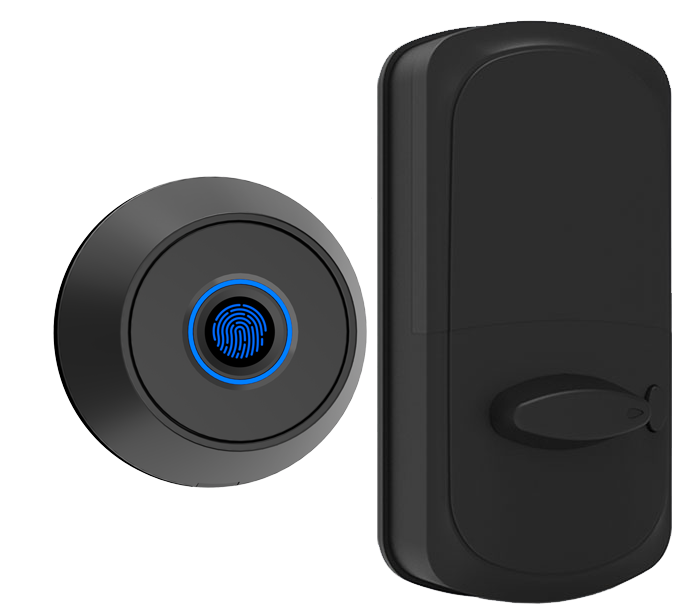
Smart locks replace heavy keys with digital passes, think PIN codes, your smartphone app, or a biometric fingerprint sensor (a reader that checks your fingertip pattern). No more hiding keys under welcome mats or fumbling for spare metal keys. The smooth metal faceplate and soft LED glow feel surprisingly friendly.
Digital key distribution means you can issue, revoke, or share time-bound credentials in seconds. And instead of cutting metal keys, you just tap a few buttons in your dashboard. Hmm, pretty handy when you’re managing multiple doors.
User code scheduling keeps things tight and tidy:
- Let your cleaner in only from 9 AM to 11 AM.
- Give maintenance crews access on Tuesdays and Thursdays, 2 PM–4 PM.
Audit trail creation builds a clear log of every unlock event. Each entry shows who used which credential, the date, time, and door location. Back to our fingerprint lock… if a tenant asks when someone entered, you’ll have an exact timestamp.
Feature highlights:
- digital key distribution: push PINs or virtual keys remotely
- user code scheduling: set start/end dates for each code
- audit trail creation: download detailed unlock reports
- biometric authentication: grant access with fingerprint or facial scan
- remote access control: lock or unlock from anywhere via app
Role-based permissions and multi-factor authentication (an extra security step) add another layer of safety. You choose which staff members see which doors. A quick tap on their phone, at the right time, and they’re in.
Cloud-API integrations link all your locks to a central panel. You get real-time lock status and low-battery alerts. Push notifications ping you if someone types the wrong code three times. That gives you time to check the camera feed or trigger a tamper alarm.
With these features in place, property managers get fine-tuned, automated access control without extra site visits or key-tracking headaches.
Integrating Smart Locks with Property Management Software for Unified Control

So you want your smart locks and property management software (PMS) to work together. You’ll get unified control over who can open doors and when. It’s like giving both systems a friendly handshake.
Step-by-Step Setup
- Get your PMS API credentials from your software provider.
- Log in to your Starlight Cloud dashboard and create a new app. You’ll grab an API key (a secret code that lets the systems talk).
- Point your webhook URL (where updates get sent) in your PMS settings to https://api.starlighthardware.com/webhook. This link keeps everything in sync.
- Match your room or unit codes in the PMS to each lock’s unit_id field. Want to know a secret? This mapping is the trickiest part. Consistency is key.
- Um, start small. Test with a few locks first. You’ll catch any hiccups before you roll it out across your whole property.
Sample API Call
curl -X POST https://api.starlighthardware.com/locks/provision \
-H "Authorization: Bearer {API_KEY}" \
-d '{"unit_id":"B12","user_id":"guest_123","start_date":"2024-07-01T14:00:00Z","end_date":"2024-07-02T12:00:00Z"}'
This call tells the lock in unit B12 to let guest_123 in from July 1 at 10 am to July 2 at 8 am. It’s as easy as sending a message.
A Real-Life Example: Ridgeview Apartments
The team at Ridgeview linked 50 locks in under two hours. Guest codes pop up automatically and light up the door panel with a soft LED glow. The front desk app shows live entry logs with time stamps and user IDs, every click recorded. Their maintenance crew now saves 30 minutes on each turnover day. Life just got a bit easier.
Troubleshooting Tips
| Error Code | Cause | Fix |
|---|---|---|
| 401 Unauthorized | Wrong API key | Double-check your PMS and Starlight credentials |
| 429 Too Many Requests | API rate limit reached | Build in a retry delay |
| 500 Server Error | Lock is offline | Check the network link and battery |
Security Considerations
- Use OAuth2 token rotation (automatic key updates) to keep things fresh.
- Encrypt data in transit with TLS (the secure link standard).
- Limit PMS user roles so only the right people have access.
Installation Best Practices for Smart Locks in Rental Properties
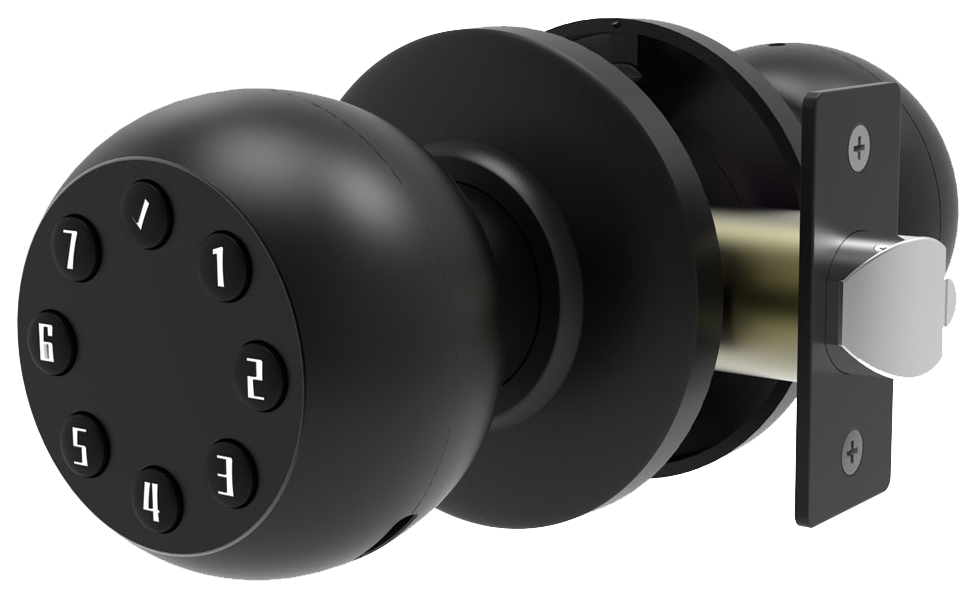
Installation can be quick or a bit more hands-on, depending on the tech. Bluetooth locks pair directly with your smartphone – think plugging in your earbuds and they just connect. Z-Wave (a home automation protocol) locks need a hub to link up with your network. Wi-Fi locks ask for a secure network setup – like entering your router password to get online.
Before you swap out mechanical keys for a smart lock, measure your door. Check the thickness, backset (distance from the door edge to the center of the hole), and bore-hole size. When those numbers match your lock specs, the smooth metal faceplate fits just right.
Follow the Starlight Hardware wireless installation guide step by step. It works as both a checklist and a quick trouble shooter in one. You’ll breeze from removing old hardware to final calibration without missing a beat.
Keep an eye on battery levels. Set low battery alerts in your management app so you’re never caught outside in the dark. No surprise lockouts or late-night maintenance runs.
Ditching physical keys boosts security and cuts down on rekeying costs. But don’t toss your backup mechanical override keys. Store them in a sealed envelope at a safe offsite spot. They’re your fallback if the electronics act up.
Best practices checklist:
- Measure door thickness, backset, and bore-hole size to match your lock specs
- Follow the Starlight Hardware wireless installation guide from old hardware removal to final calibration
- Enable power level monitoring alerts in your dashboard
- Test each lock with its app, keypad, or remote and listen for that reassuring click
- Store backup mechanical override keys in an offsite sealed envelope
This approach delivers reliable performance from day one.
Cost Savings Analysis and ROI of Smart Locks for Property Management

Smart locks do cost more upfront than old metal locks. But they wipe out rekeying fees (the cost to change your lock’s key pattern) and late-night locksmith calls. Many landlords watch turnover costs drop by 75%. That really adds up fast.
And you get a central dashboard for all your locks. With a tap, you hear a reassuring click and see a soft LED glow as you lock or unlock dozens of doors at once. No more dashing across town. That cuts trips by half – fewer midnight emergencies and more time for what matters.
You can charge 5 to 6 percent more rent when you offer smart lock automation. Tech-savvy tenants like millennials and Gen Z pay up for keyless entry. That small monthly subscription turns into a steady income boost. Smart locks are a real selling point.
Crunch the ROI and you often hit payback in under 18 months – all thanks to a short setup guide (rapid onboarding checklist). Year one savings on rekeying, site visits, and admin usually cover the system cost. After that, each month’s reduced labor fees and extra rent pad your profit. Solid.
Security Considerations
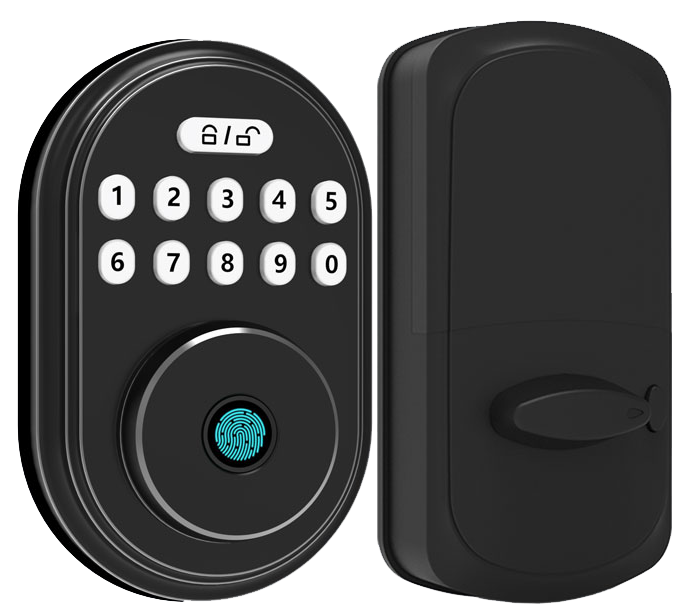
At Starlight, we treat security like fine metalwork. Every detail is built to protect.
- AES-256 encrypted key exchange (a way to scramble your data with strong math) locks down your access codes and event logs so only you can see them.
- Built-in tamper sensors (small switches that spot forced entry) wake up a soft LED glow and send you an instant alert the moment someone tries to pry the lock open.
- Cloud-exportable audit reports (easy-to-send records of who did what and when) help you meet any rules or inspections without extra headaches.
- Over-the-air firmware updates (wireless software patches) and automatic access-code rotation keep your lock fresh and secure without you lifting a finger.
Real-World Use Case Examples with Starlight Smart Locks in Property Management
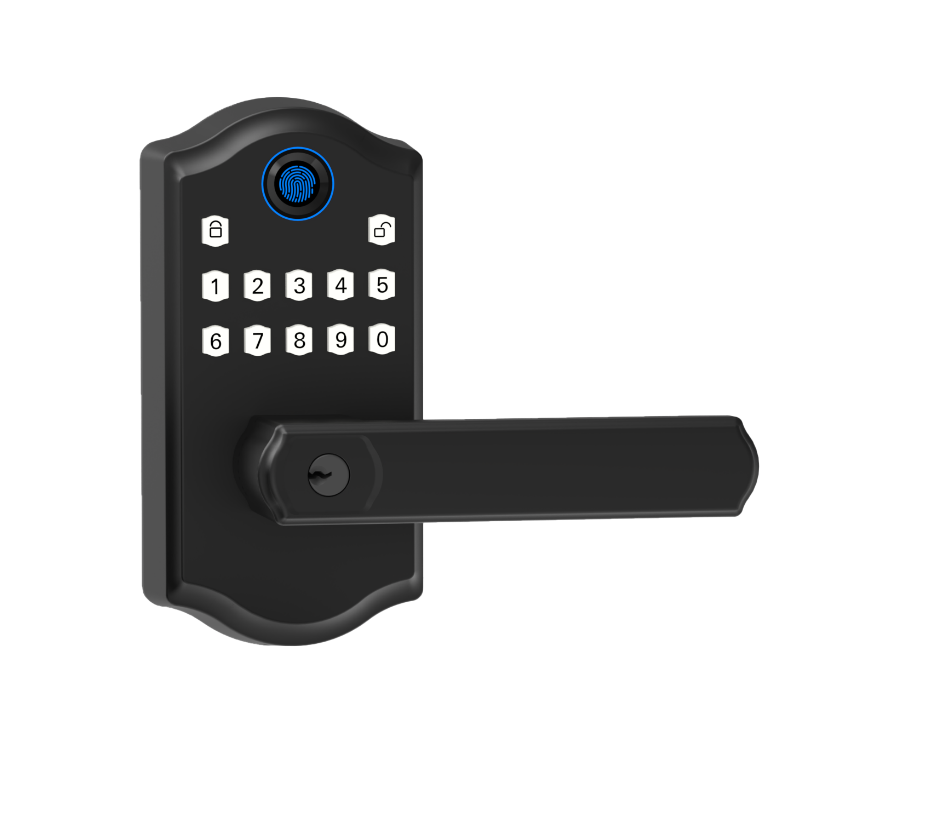
Starlight Smart Locks bring automation to vacation rentals. You tap a few clicks in your portal, and a digital key lands in your guest’s phone instantly. Picture a late-night arrival. The guest presses a PIN (personal identification number) on the smooth metal faceplate. A soft LED glow lights up. Then they step inside. No handshake or physical key needed.
See Smart locks for Airbnb hosts for a prime example of contactless check-ins.
Here are a few ways property managers use our locks:
- Vacation rentals: Issue a virtual key that expires at checkout. Each stay feels seamless and secure.
- Multi-unit buildings: Group units to let residents into shared spaces, like mailrooms or gyms, while keeping each suite locked tight.
- Maintenance teams: Send on-demand PIN codes (temporary access codes) that expire after each service window. No more chasing down keys means faster repairs.
- Long-term tenants: Automate lease renewal alerts and code expiration rules. Access rights update themselves without forms or site visits.
These examples show how Starlight Smart Locks can streamline your property management and boost security. You’ll save hours every week, no matter your rental set-up.
Final Words
From defining smart locks and their digital credentials to exploring must-have features, we’ve covered the essentials. We showed how Starlight Hardwares units tie into property management software for unified control. We dug into best practices for installation, cost-savings and ROI data, plus security standards.
Real-world stories brought things home, instant guest pass issuance, time-bound codes, smooth turnover. Every insight points back to one goal: How Smart Locks Can Simplify Property Management. Let’s make access feel effortless and secure.
FAQ
Are smart locks good for rental property?
Smart locks are good for rental properties because they let managers open doors remotely, set guest codes, track entry events, and cut rekey fees by up to 75%.
What are the benefits of smart door locks?
The benefits of smart door locks include replacing keys with digital codes or app access, giving remote control, instant guest code setup, audit trails, and fewer site visits for rekeys and lockouts.
Why are apartments using smart locks?
Apartments use smart locks to boost tenant ease and safety with keyless entry, timed codes, and live access logs. Managers handle move-ins faster and skip locksmith trips.
What are the disadvantages of a smart lock?
Smart locks need power checks, network setup, and backup keys for outages. They can cost more upfront and require occasional firmware updates and proper installation.
